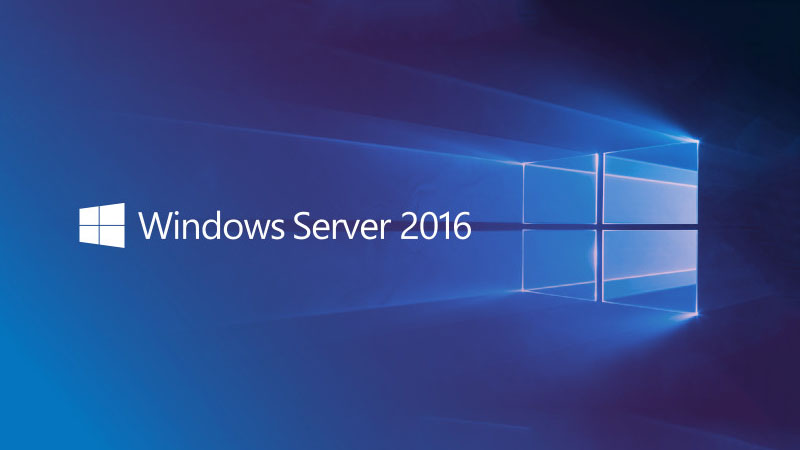 NEWS
NEWS
 NEWS
NEWS
 NEWS
NEWS
Microsoft has finally announced what it plans to do with Windows Server 2016, penciling in a firm release date and also providing details of its planned update schedule.
As with Windows 10, Windows Server 2016 will be offered via an “as-a-Service” model with frequent updates. The updated OS will be released at the company’s Ignite Conference, which takes place from September 26 to September 30 in Atlanta, Georgia. Once again, there will be three different versions of the software – Datacenter, Essentials and Standard.
There are some differences however. For example, pricing has changed with Microsoft licensing Windows Server per core, rather than per physical processor. Also, the new Datacenter and Standard versions will come with a new installation option called Nano Server, which is a stripped down version of the OS designed for lightweight virtual machines, or as a low-cost host for virtual machines. There is no GUI for Nano Server, which needs to be managed remotely.
No changes have been made to the way Windows Server is supported. Customers can choose to install the Datacenter and Standard versions either as a Current Branch for Business (CBB), which means feature updates two to three times a year, or as a Long-Term Servicing Branch (LTSB), which provides five years of support and an additional five years of extended support. Windows 10 enterprise editions follow a similar pattern. However, with Nano Server installations, Microsoft said the only choice if CBB, which means users will need to upgrade regularly to a release supporting the newest features.
“Only two CBB releases will be serviced at any given time, therefore when the third Nano Server release comes out, you will need to move off of #1 as it will no longer be serviced. When #4 comes out, you will need to move off of #2, and so on,” Microsoft’s team said in a blog post.
Because Nano Server is CBB only, Microsoft disallows its use in production unless users have a Software Assurance license that permits upgrades to future versions.
Microsoft’s licensing documentation also shows that its only possible to use two instances of Windows Server Containers if you use better-isolated Hyper-V containers with the Standard Edition. For those using non-Hyper-V containers, the number of instances is not limited.
The Datacenter edition of Windows Server 2016 is the most advanced version, which means it comes with special features such as Storage Spaces Direct, Storage Replica, a software-defined networking stack, and shield virtual machines, which are unavailable in other editions.
Because of the per-core pricing regime, Windows Server 2016 requires a minimum of eight 2-core licenses for each physical server. Microsoft further states “the price of 16‑core licenses of Windows Server 2016 Datacenter and Standard Editions will be the same price as the 2‑processor license of the corresponding editions of the Windows Server 2012‑R2 version.”
Support our mission to keep content open and free by engaging with theCUBE community. Join theCUBE’s Alumni Trust Network, where technology leaders connect, share intelligence and create opportunities.
Founded by tech visionaries John Furrier and Dave Vellante, SiliconANGLE Media has built a dynamic ecosystem of industry-leading digital media brands that reach 15+ million elite tech professionals. Our new proprietary theCUBE AI Video Cloud is breaking ground in audience interaction, leveraging theCUBEai.com neural network to help technology companies make data-driven decisions and stay at the forefront of industry conversations.